Sicherheits- und Transportbehälter

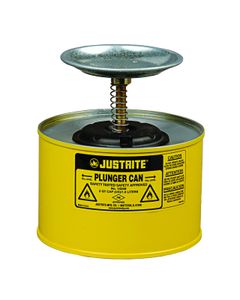

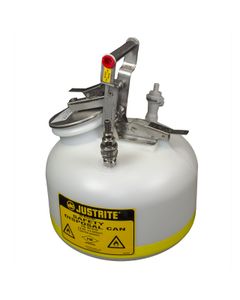
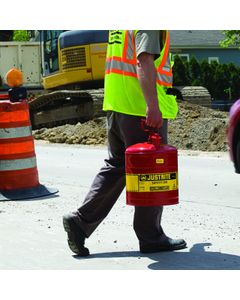
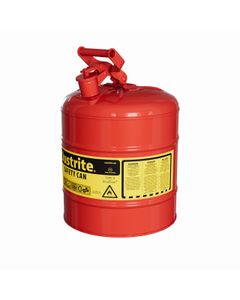

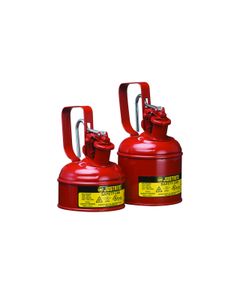

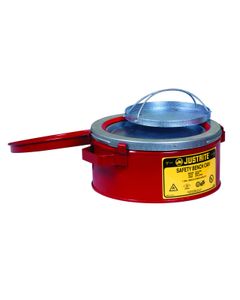
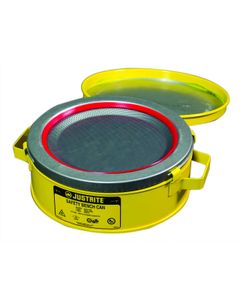
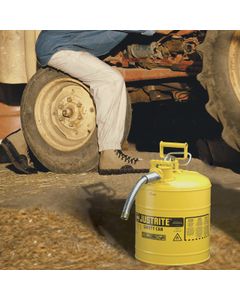

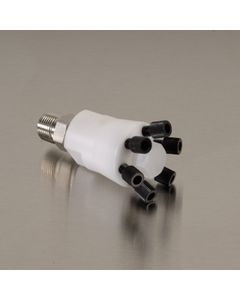

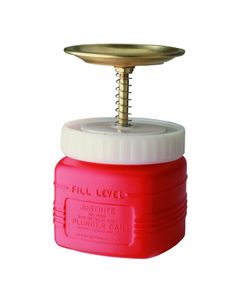
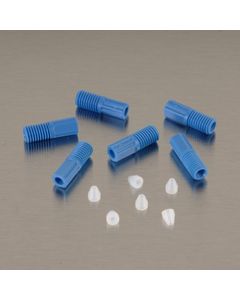
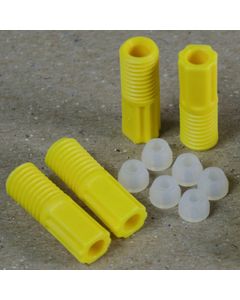

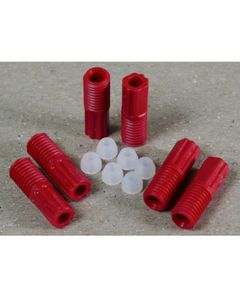


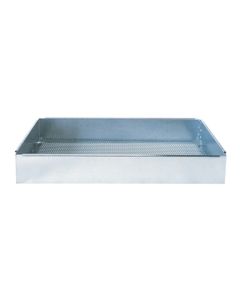
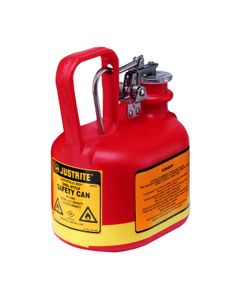
Safety Cans and Containers - FAQs
How fire resistant is your Oily Waste Can?
Justrite Oily Waste Cans (OWC) are manufactured galvanized steel a fire resistant material as required by OSHA 1926.252(e). But there is more to an OWC design than that. The OWC self-closing lid limits the inside of the OWC of the oxygen that is required to support combustion. The self-closing lid guards the contents from sparks or other heat sources. Oily rags can create an exothermic chemical reaction from the polymerization of oil drying in the absence of air. This is a chemical reaction known to start fires. Always store oily rags in an approved OWC.
Can I use poly liner bags in my Justrite Oily Waste Can?
We discourage the use of liner bags in Oily Waste Cans (OWC). The liner can interfere with the OWC's lid fully closing. A liner can also create a path for an oxygen supply to the bottom of the can. Both conditions defeat the purpose the self-close lid and its ability to deprive the container of oxygen, which inhibits combustion.
What is the difference in a Type I & Type II Safety Can?
The Type I Safety Can has one opening that serves for both filling and dispensing. The Type II Safety Can has one opening dedicated to filling and a second spout opening dedicated to dispensing. The Type II Safety Can comes with an attached flexible hose and our exclusive AccuFlow™ manifold with Safe-Squeeze® trigger handle to provide the smooth and controlled pouring.
Can I transport gasoline in a safety can in my vehicle?
Yes, you can transport a safety can in a vehicle. Important points:
Secure safety can from movement.
Make sure the vehicle is well ventilated.
Do not store a safety can in a vehicle.
Take a safety can out of the vehicle when filling or dispensing.
Clean any fuel off the safety can before returning it to the vehicleAre safety cans OK for outdoor use?
You most certainly can use safety cans outdoors. A lot of our customers do. There are some precautions to take with a safety can as well as any other container when outdoors:
1. When temperatures are hot, the vapor pressure in any safety can will be elevated. Safety cans are design to emergency pressure relief, rated at 3 to 5 psi. Still 3 to 5 psi can be significant. It is important to relieve that pressure in vapor space (while a safety can is setting flat) rather than liquid space (when tilted and dispensing liquid) to avoid a sudden burst of fluid and back splash.
2. When the temperature is warm and there is a sudden cooling, vacuum in the safety can will be created. There is no vacuum relief valve built into a safety can. While rare and depending on the fluid level in the safety can, the vacuum created can implode a safety can. This is more prevalent in desert locations. There are a couple of things you can do to prevent this:
Burp your safety cans at the end of the day to relieve pressure. The less difference in pressure, the less likely an implosion will occur.
Keep your cans shaded or tarped to minimize the temperature gain and pressure gain in the can.
Keep your safety can’s fluid level above half full.
3. Keeping your safety can in the shade can also minimize material loss. Gasoline as an example will boil at 100 degrees Fahrenheit. The pressure escaping is a liquid’s vapor escaping.
4. Always keep a safety can in a well-ventilated area. Never in a closed vehicle or passenger space.
5. And safely secure a safety can against movement in a vehicle from sudden braking or centrifugal forces.
6. Remember the US DOT’s material of trade rule as it applies to transporting gasoline in the course of performing one’s job; you are allowed a maximum of eight gallons in safety cans (i.e. 4 ea. 2 gal. safety cans).
7. Our metallic safety cans have a raised bottom to protect the bottom from puncture of sharp rocks and reinforcing ribs for resistance against side impacts.Do you make jerry safety cans?
No, and there are no immediate future plans.
Can I store my plunger can in a safety cabinet?
No, plunger cans are not designed or intended as a proper storage container. They are not safe closed containers required by law for storage. Plunger cans are for safely dispensing small quantities of liquids, for day use, at point-of-use locations. We recommended plunger cans be emptied into an approved container like a safety can for storage.
What does FM Approval mean?
FM Approval is a laboratory registered under OSHA's Nationally Recognized Laboratory program which outlines the responsibility to evaluate and deem materials and equipment as safe. FM has published standards to which they evaluate each product category as safe and in compliance with laws and applicable design standards. They publish a list of approved products available for public reference. They also conduct periodic quality assurance audits to give customers confidence we are providing product of the same quality and design as the product submitted for approval.
Will my modification void the FM Approval and Justrite warranty to a safety cabinet or safety can
Modifications to any FM Approved products void the approval of that product and the Justrite warranty. The modification falls outside the evaluation for the approval and FM's quality assurance program. Modifications can make a safety product unsafe.
Can you supply an SDS sheet (formally MSDS sheet) on your safety cabinets, cans, or other products?
The cans, cabinets, and most other products manufactured by Justrite are defined as an article and therefore is not subject to the requirements of the US Occupational Safety and Health Administration’s (OSHA) Hazardous Communications Standard 29 CFR per 1910.1200(b)(6)(v) to provide a Safety Data Sheet (Formally MSDS).Upon request, we can supply SDS sheets based on the charcoal content of the charcoal filters we supply.
How do I determine the maximum amount of flammable and combustible liquids I can store?
This is a complex subject and requires intimate building information. Unfortunately, for us to discuss the MAQs (maximum allowable quantities) in a control area without a clear understanding of occupancy, special occupancy, control areas, construction of control areas, sprinkler systems, fire doors etc., would be out of context and a disservice to you. Visit NFPA 30 at: NFPA 30 Online Catalog or consult your local authority having jurisdiction for specific guidance on MAQs in your building's area.






